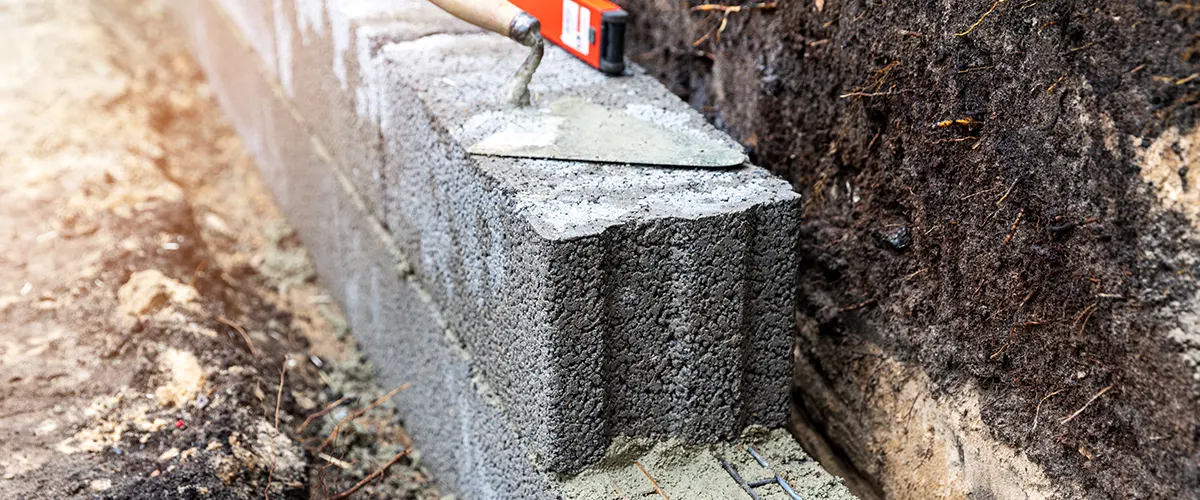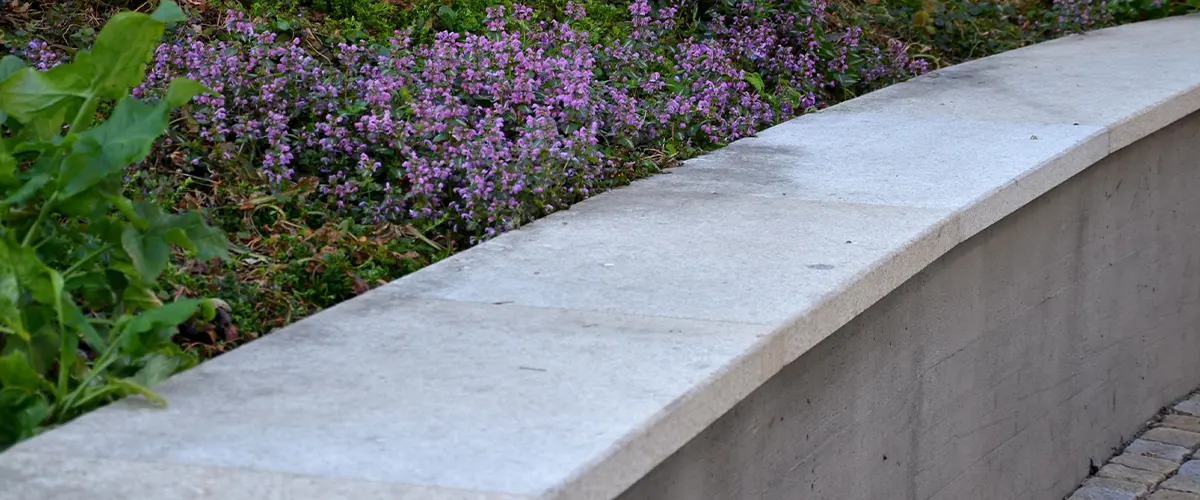Boost your home’s aesthetic appeal and value with a retaining wall. Not only will it transform the look of your garden, but it will also provide additional privacy for you and your family and act as a secure barrier to keep pets or children contained.
When selecting the perfect material for your retaining wall, there is much more to consider than meets the eye. At first glance, a cinder block retaining wall may appear comparable to a ‘concrete’ block. However, opting for the right choice will ensure that you have a secure and enduring structure.
In this blog post, we’ll look in-depth into the benefits and drawbacks of cinder blocks and concrete blocks. Furthermore, we’ll review their cost and what to expect from them. By the end of it all, you will have everything necessary to get started on your project! So read further and find out what information you need before starting construction work today.
What Are Cinder Blocks?
Cinder blocks are versatile, hollow rectangles that proveide a reliable foundation for construction sites and create an aesthetically pleasing appearance. Unlike concrete blocks which use sand or gravel as their aggregate filling material, cinder blocks rely on coal cinders to give them strength and stability.
Compared to concrete, cinder blocks are much lighter in weight. They are much easier to work with, but being lighter also decreases their pressure-bearing ability. The blocks have standard dimensions, and you can even use them interchangeably.
Regardless, cinder blocks are becoming harder and harder to find as homeowners move towards concrete or natural stone walls.
What Are Concrete Blocks?
If you’re looking to control erosion, put a stop to an arduous-to-mow slope, or add a vibrant planting bed, then the ideal solution is constructing a concrete block retaining wall. This structure comprises water, cement, and aggregate loads such as sand, gravel, or crushed stone – guaranteed to provide strength and durability while still allowing for creative customization.
It is also essential to take into account the main distinction between concrete and cinder blocks: their aggregate loads. Cinder blocks are packed with coal cinders (ashes), whereas concrete blocks are filled with sand, gravel, or crushed stones. When mixed and cured, these ingredients work together to create a resilient material that is ideal for construction projects.


Comparing Concrete and Cinder Blocks: What's the Difference?
Concrete Blocks
Concrete blocks are made from a combination of aggregate (such as sand and gravel) and cement. The mix is then poured into molds and allowed to set up before they are cured in a kiln or heated room. These blocks are versatile and strong, making them great for constructing walls, foundations, retaining walls, and more. They can also be used for landscaping projects such as edging or raised beds.
The advantages of concrete blocks include:
– Durability – Concrete blocks are incredibly durable and resistant to weathering, making them suitable for outdoor applications.
– Versatility – Concrete blocks come in a variety of sizes, shapes, and colors so you can find the perfect block for your project.
– Cost-Effectiveness – Compared to other materials like brick or stone, concrete blocks tend to be much more affordable.
Cinder Blocks
Cinder blocks are made from a combination of coal ash and cement that is then poured into molds before being cured in a kiln or heated room. Cinder blocks are often used for walls because they provide excellent insulation against heat transfer due to their porous nature. They can also be used for landscaping projects such as edging or raised beds.
The advantages of cinder blocks include:
– Lightweight – Cinder blocks weigh less than half of what concrete blocks weigh which makes them easier to handle during construction projects.
– Heat Insulation – As previously mentioned, cinder blocks provide excellent insulation against heat transfer which can help keep your building cool during hot summer months.
– Cost-Effective – Like concrete blocks, cinder blocks tend to be more cost-effective when compared to other materials like brick or stone.
Also read about: Cinder Block vs. Concrete Block for Fireplaces
Conclusion
In conclusion, deciding between a cinder block retaining wall and a concrete one is a matter of preference. Both materials have unique benefits and drawbacks that must be evaluated before making a decision. Cinder blocks are often more affordable, but not as long-lasting as concrete. Furthermore, they are more susceptible to water damage and may require periodic maintenance to keep them in good shape.
On the other hand, concrete retaining walls provide superior durability and require far less maintenance, though they may be slightly more expensive than cinder block walls. Ultimately, it is up to you to decide which type of wall is suited for your project so you can receive the best results possible! If you need help installing a retaining wall or would like some further advice on which type of wall might be better for your needs, don’t hesitate to reach out!
Get in touch with us today if you need help with your outdoor retaining walls – we would be more than happy to assist you!

